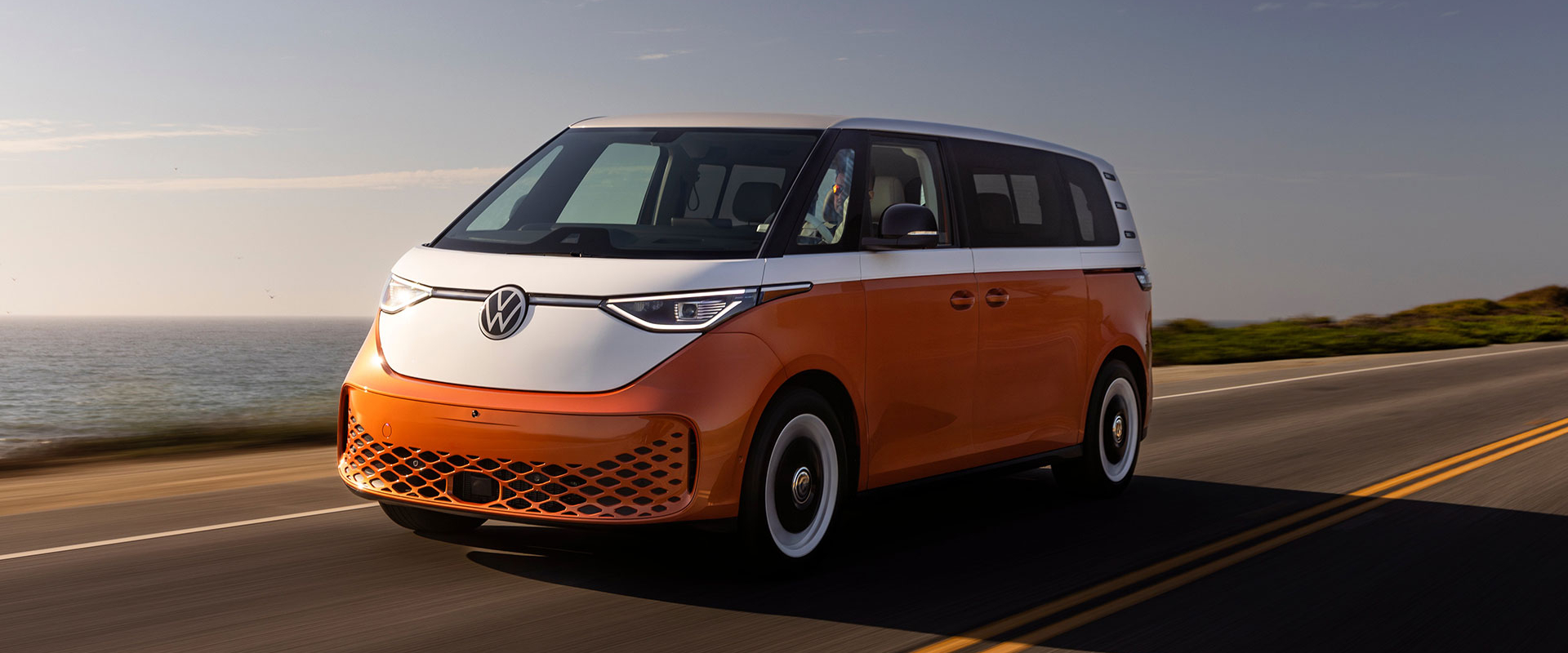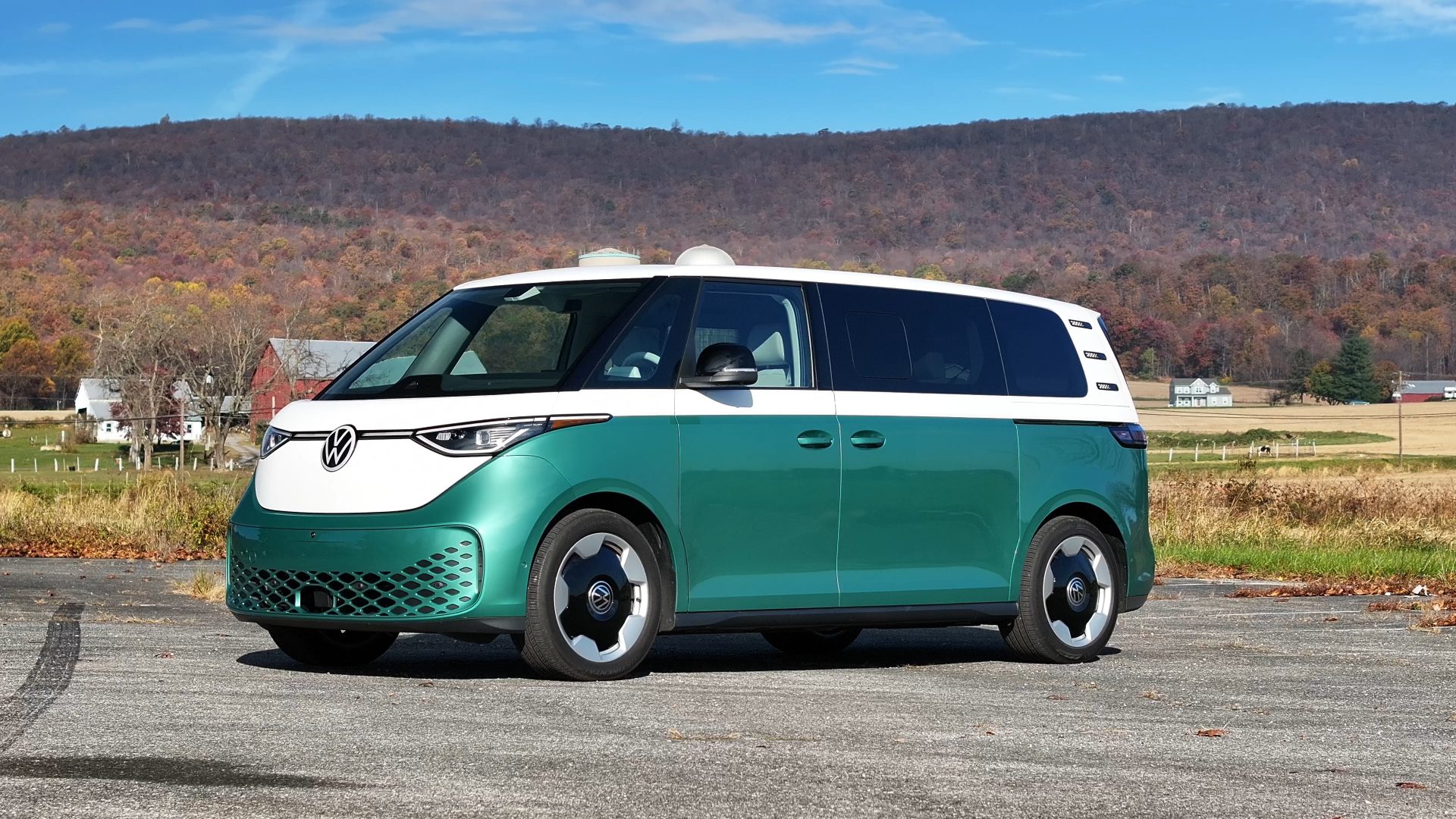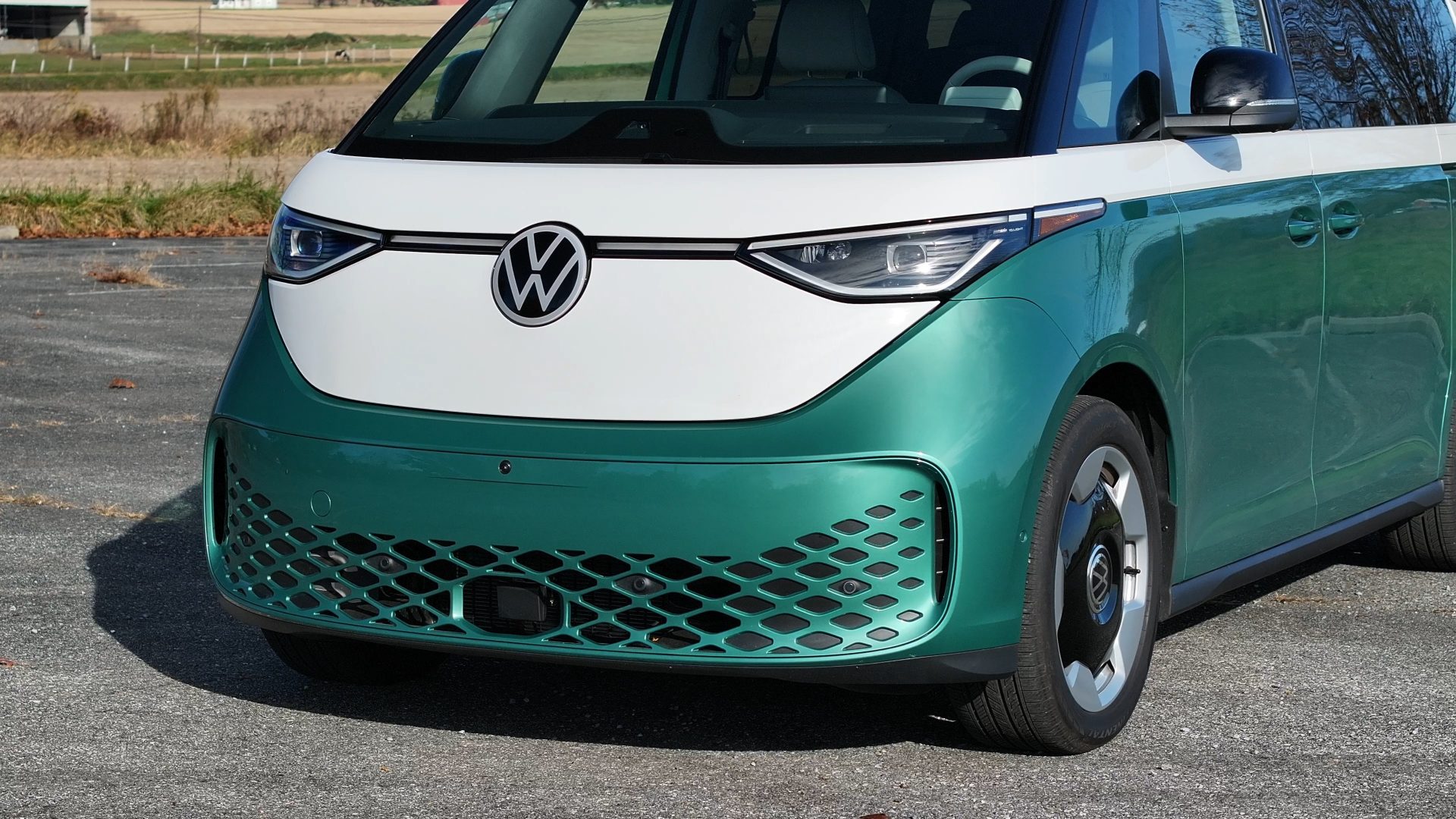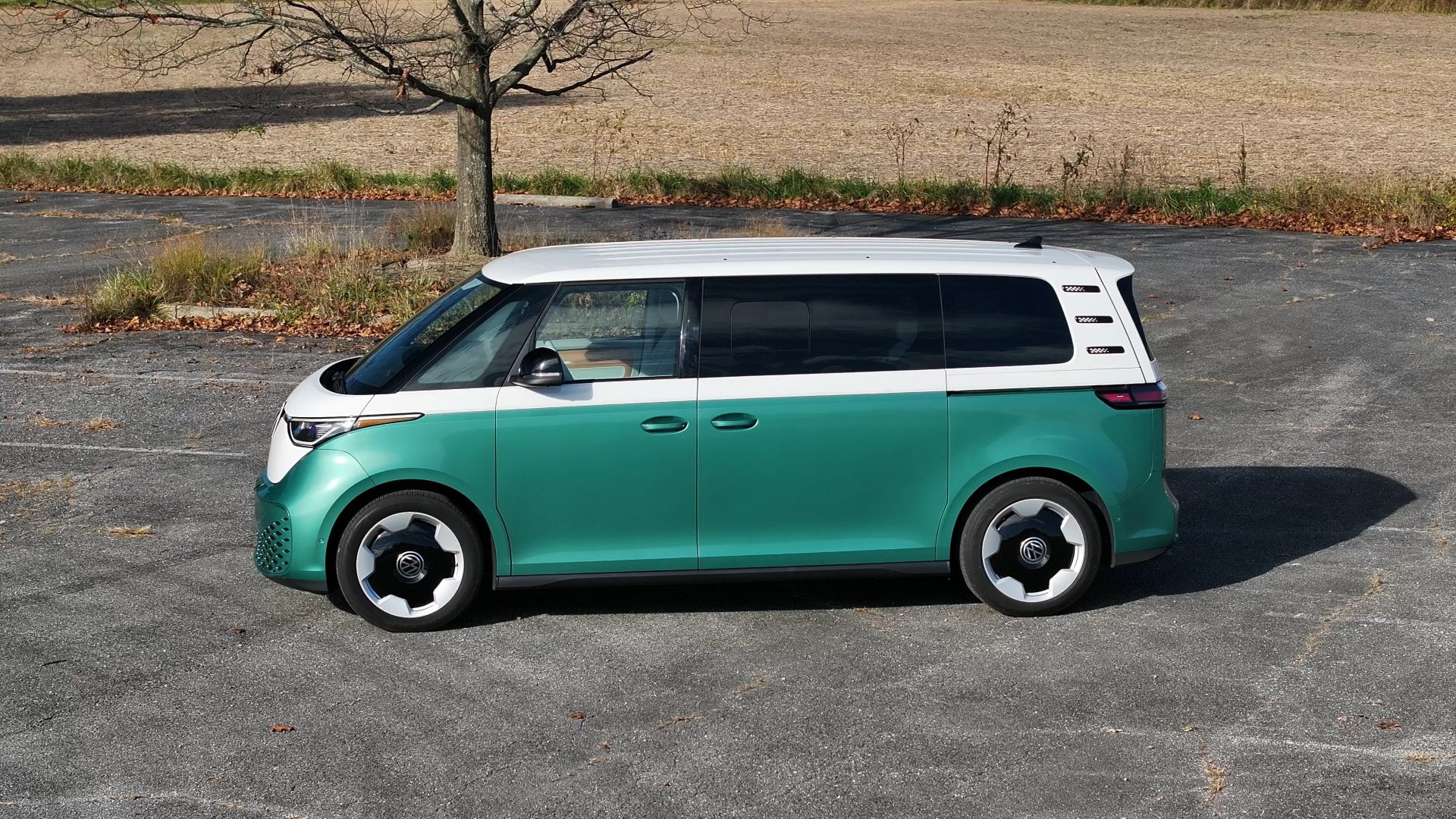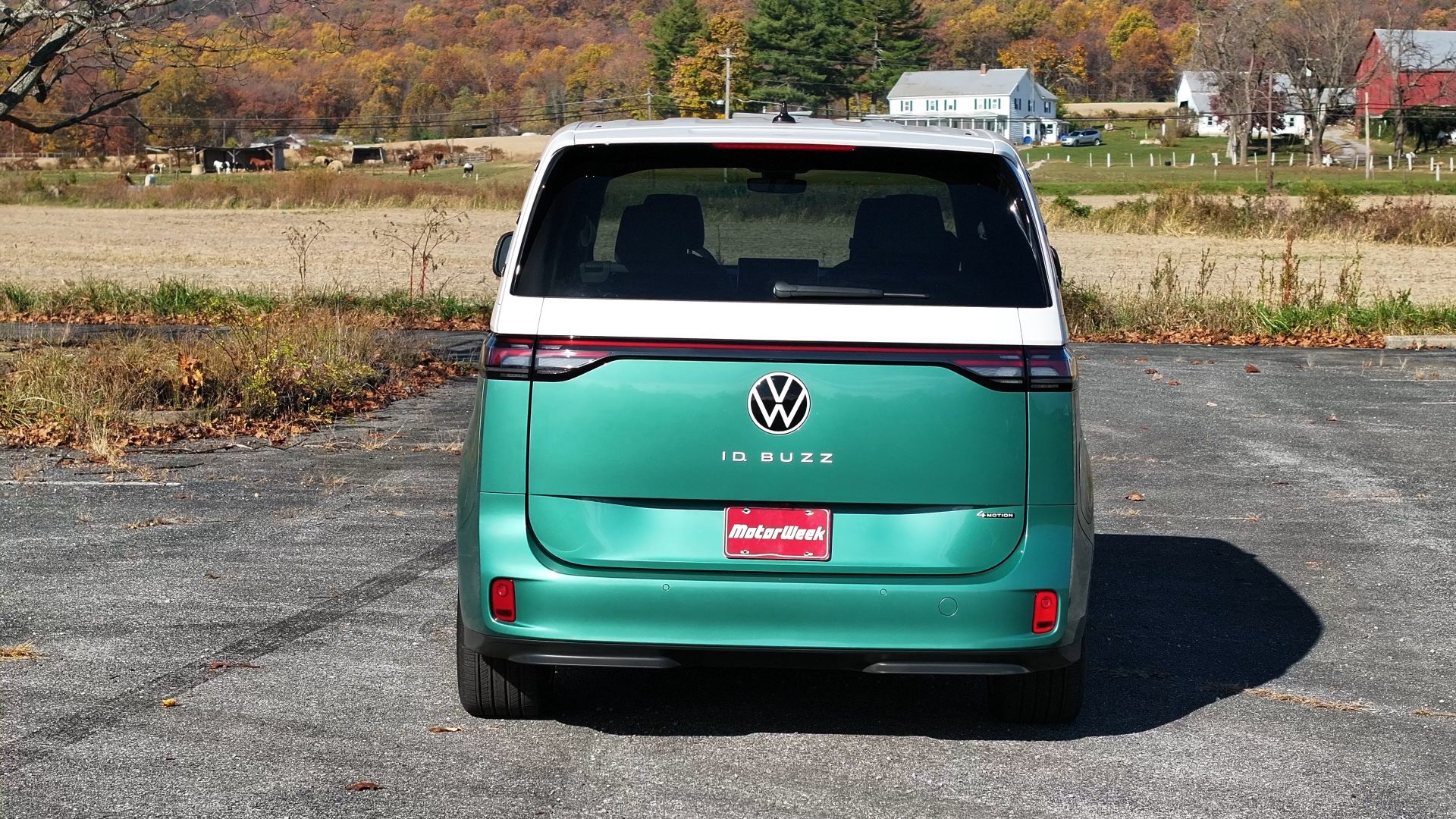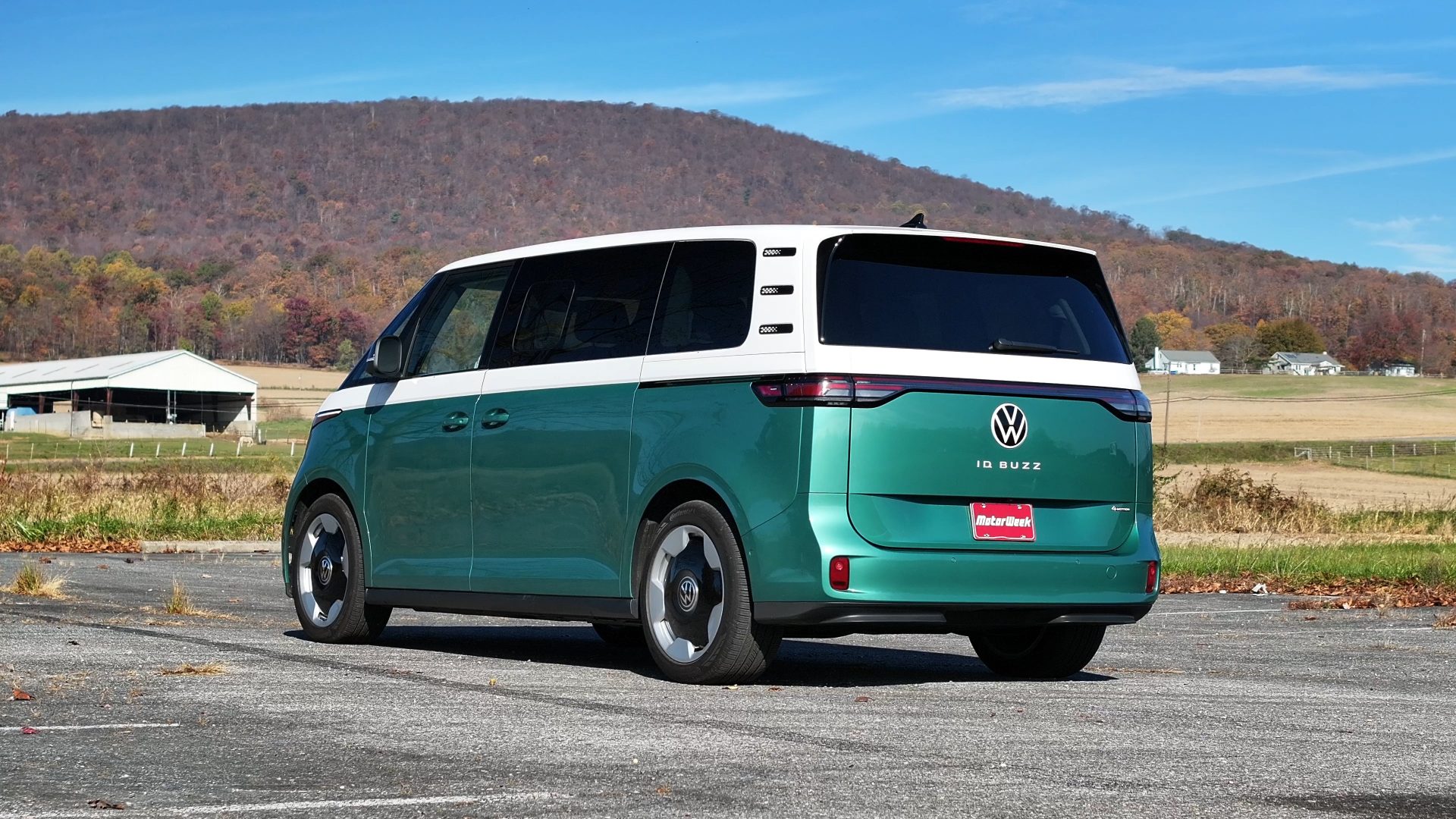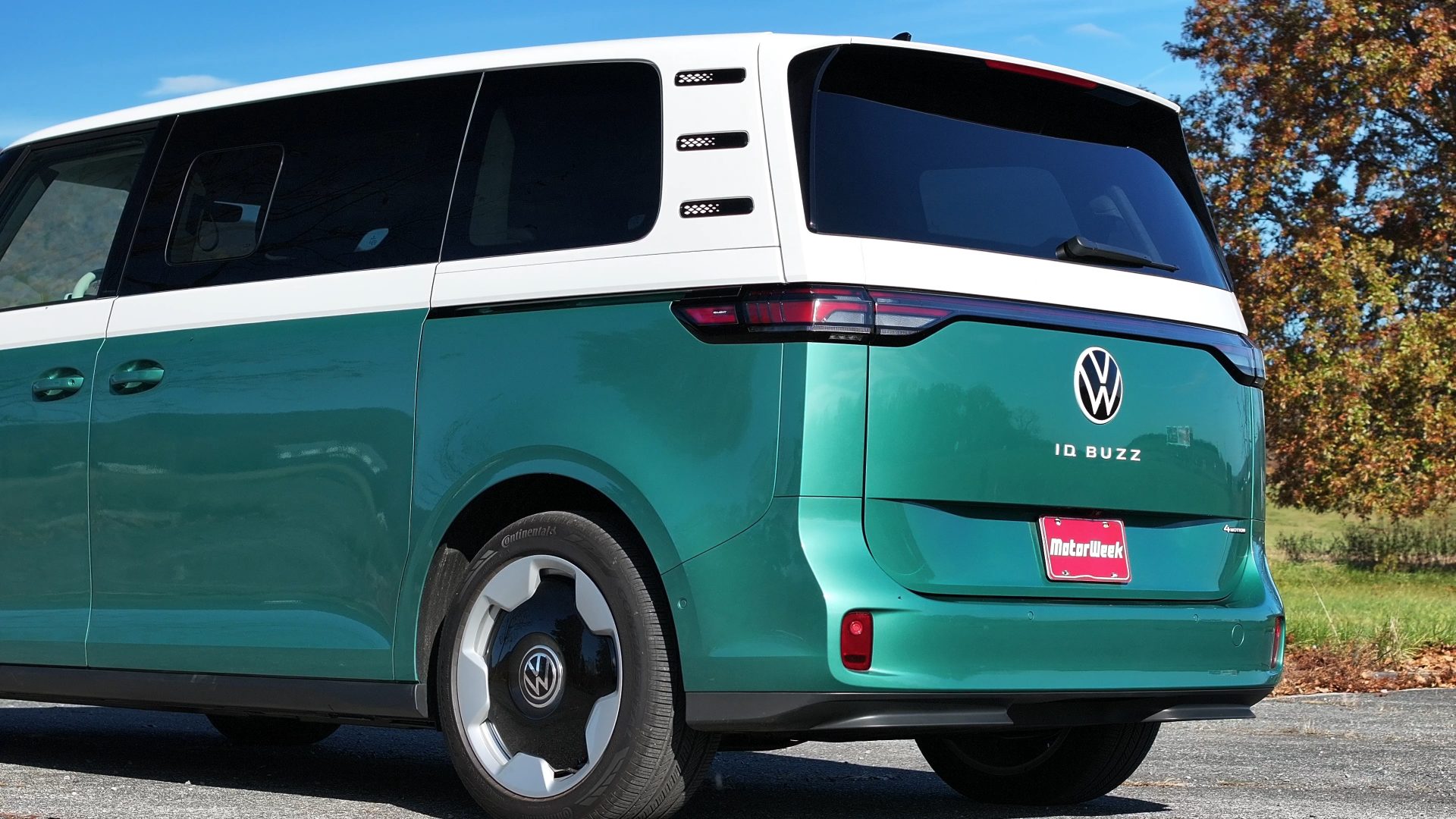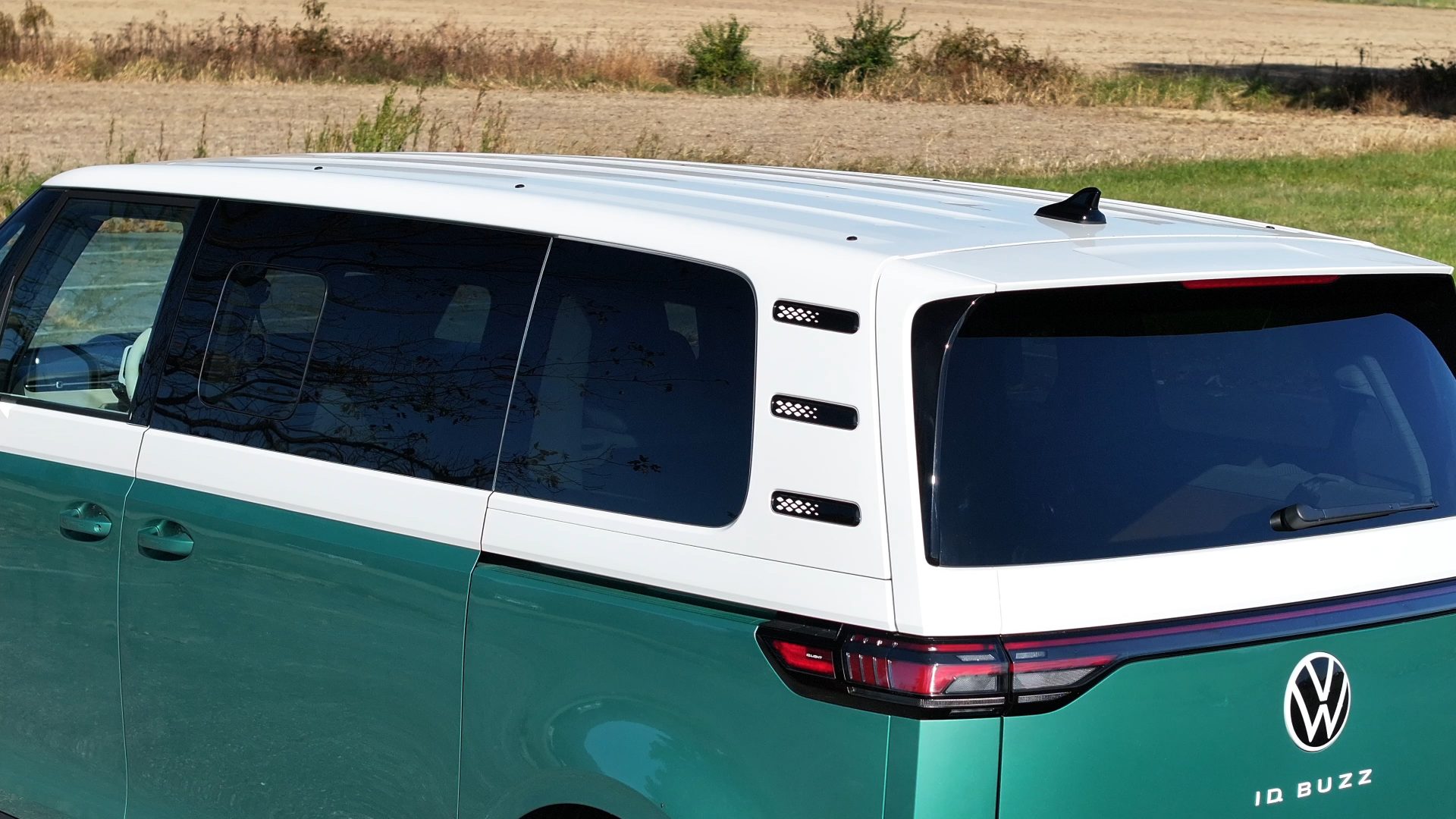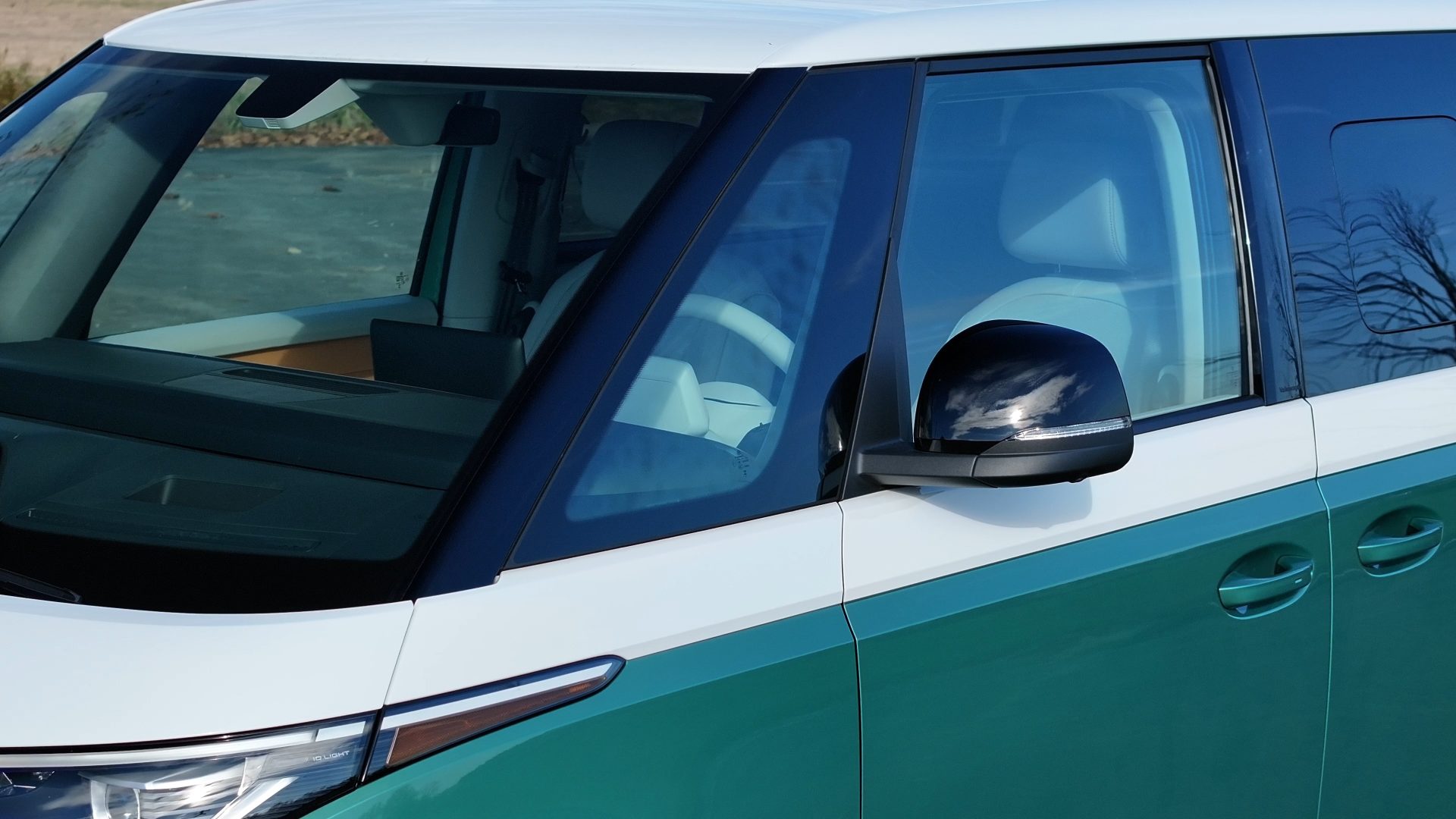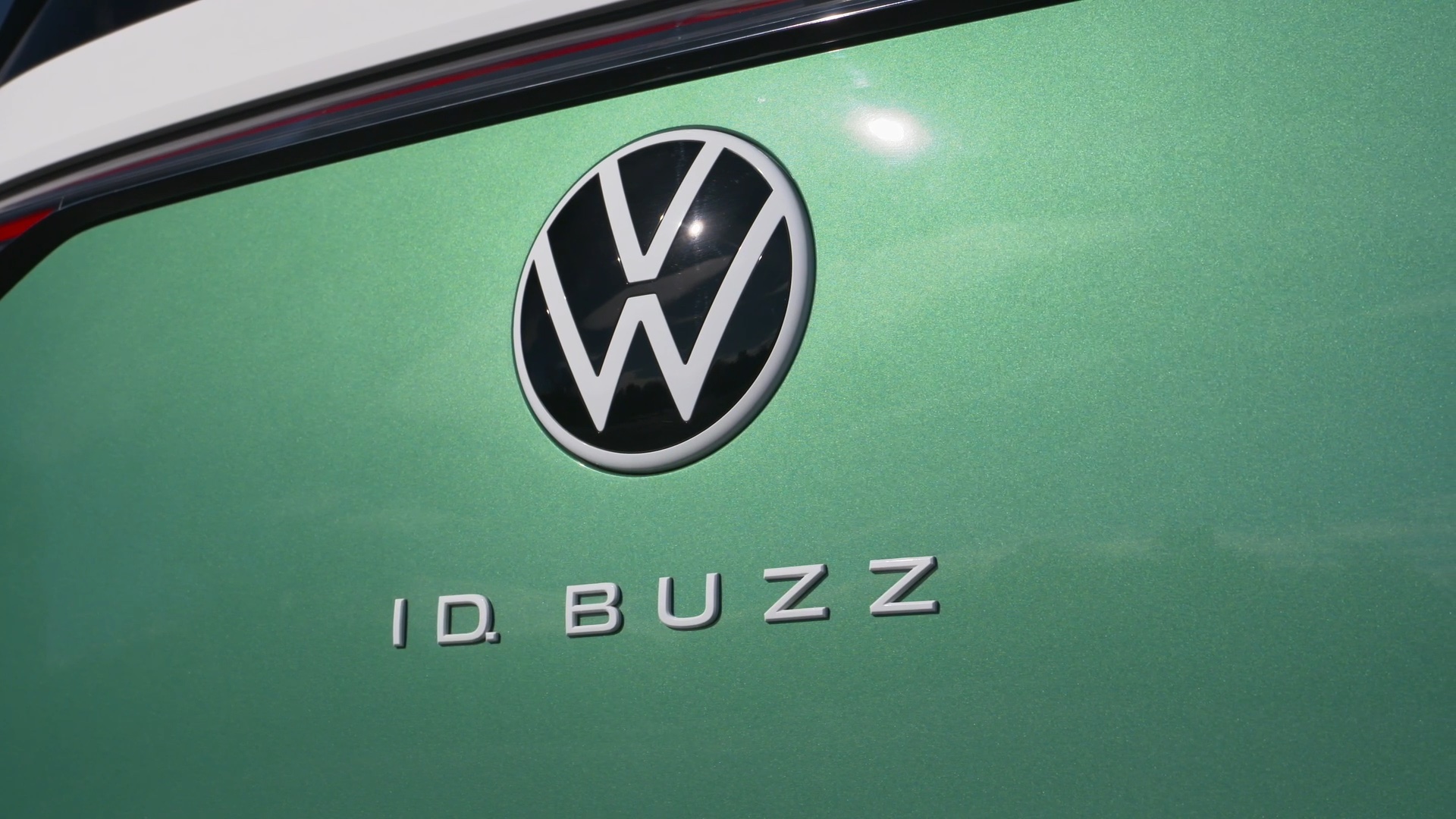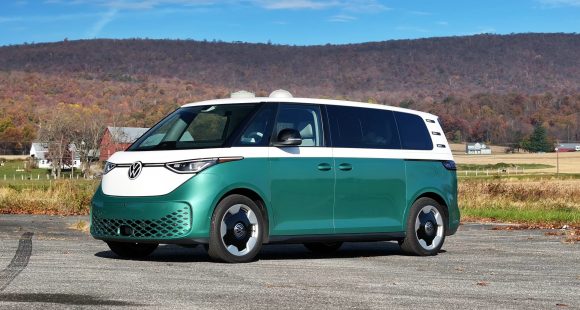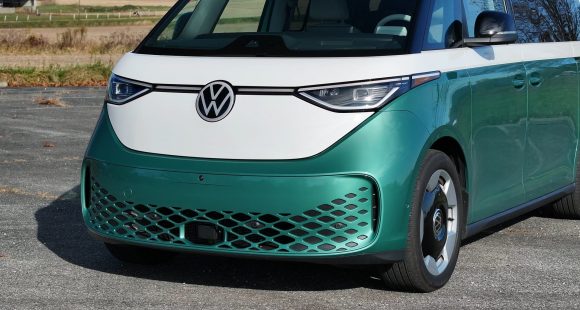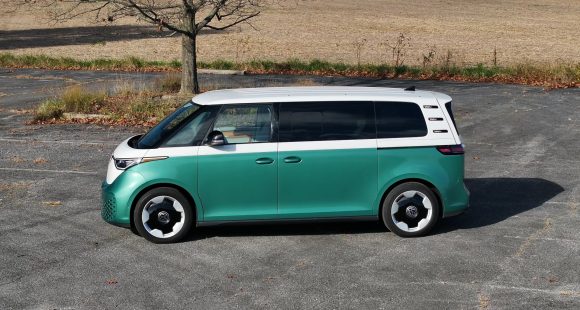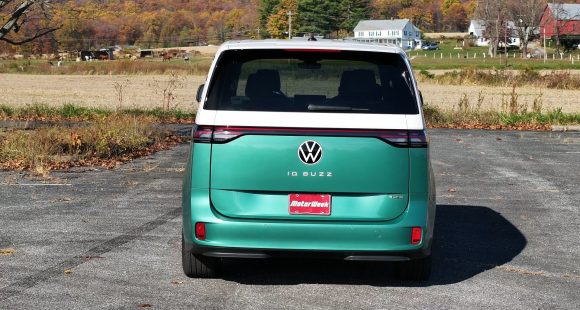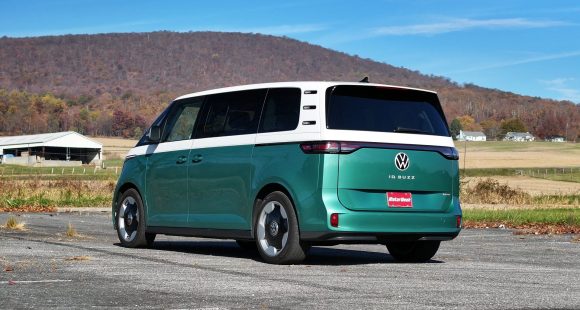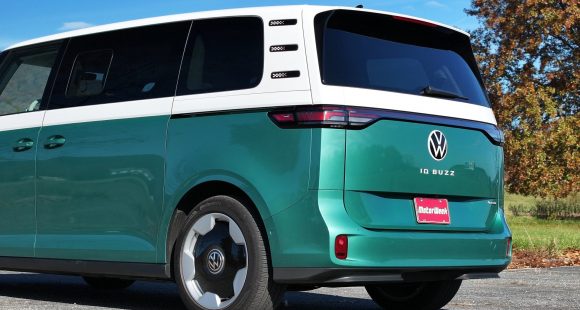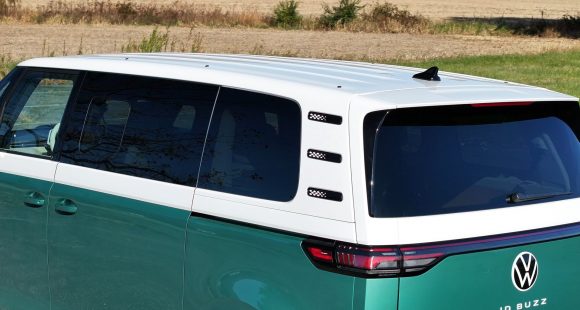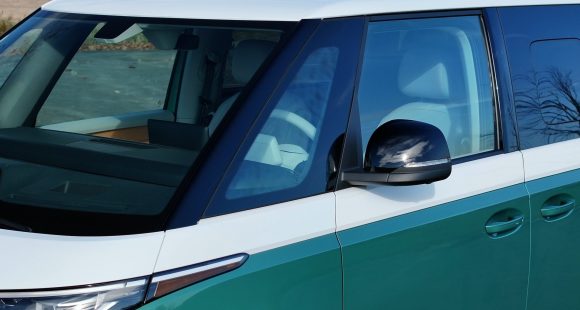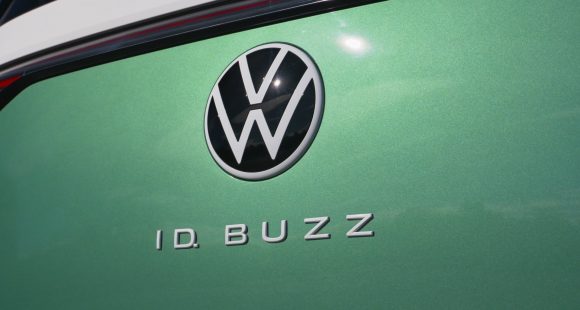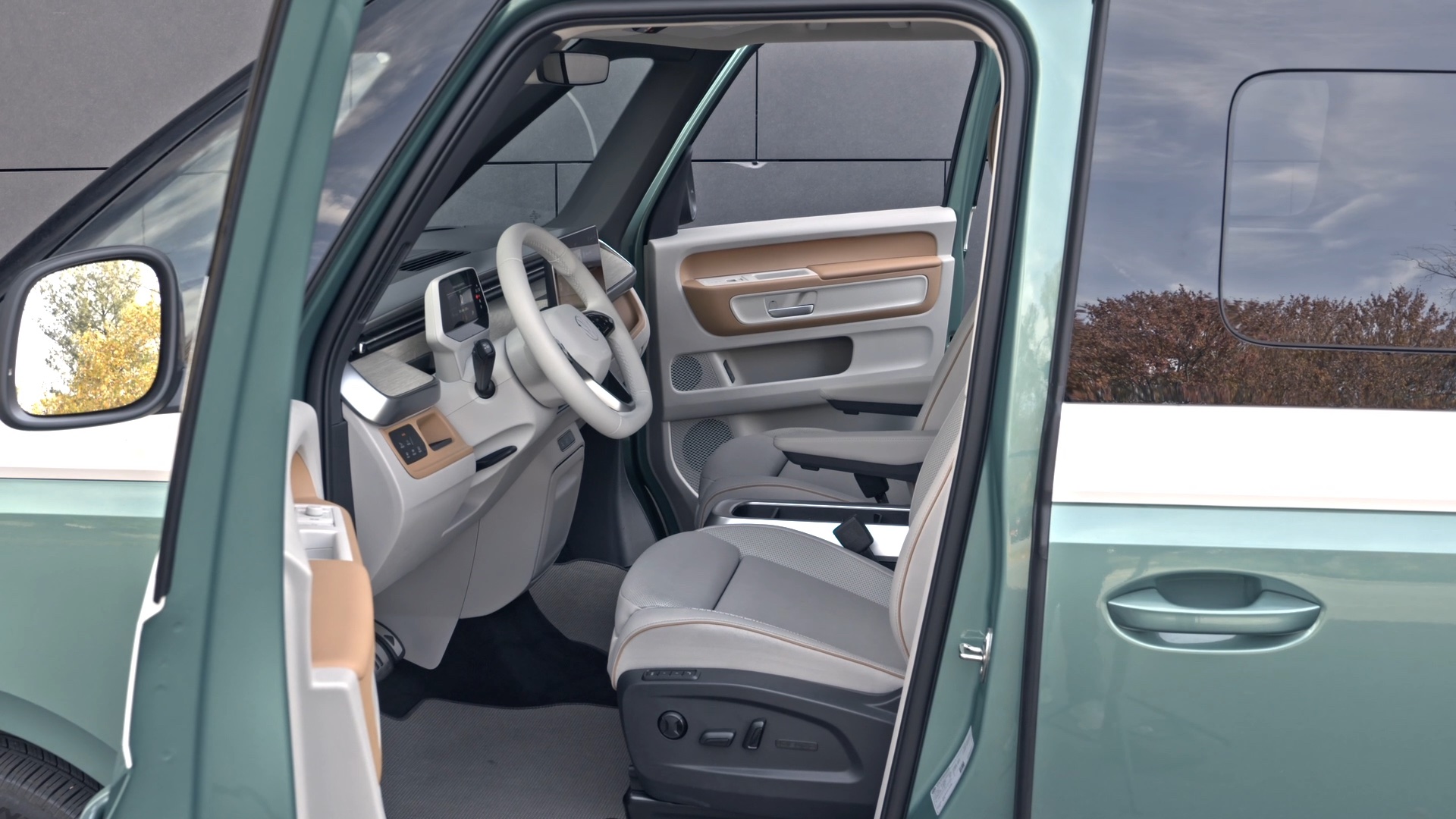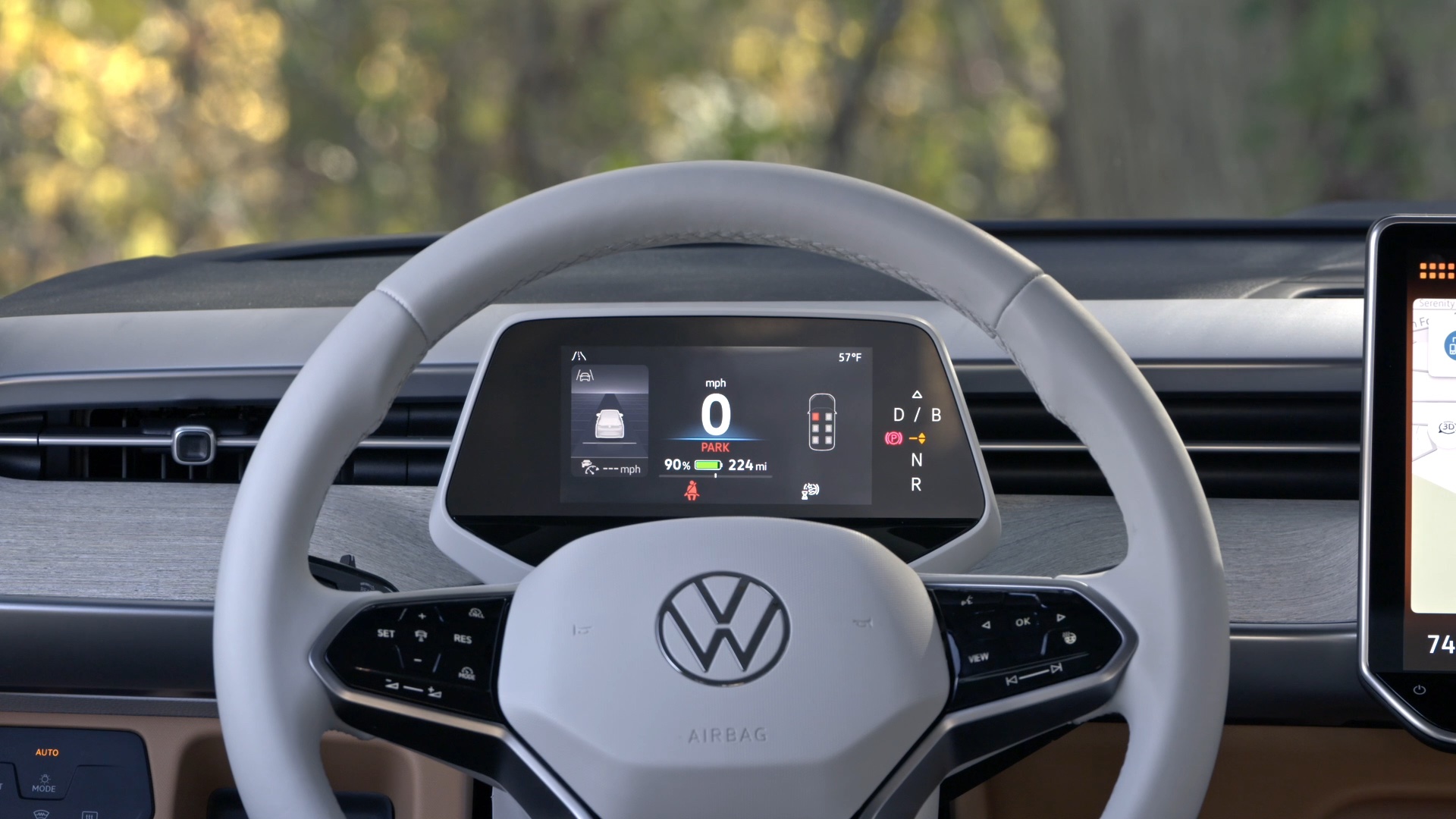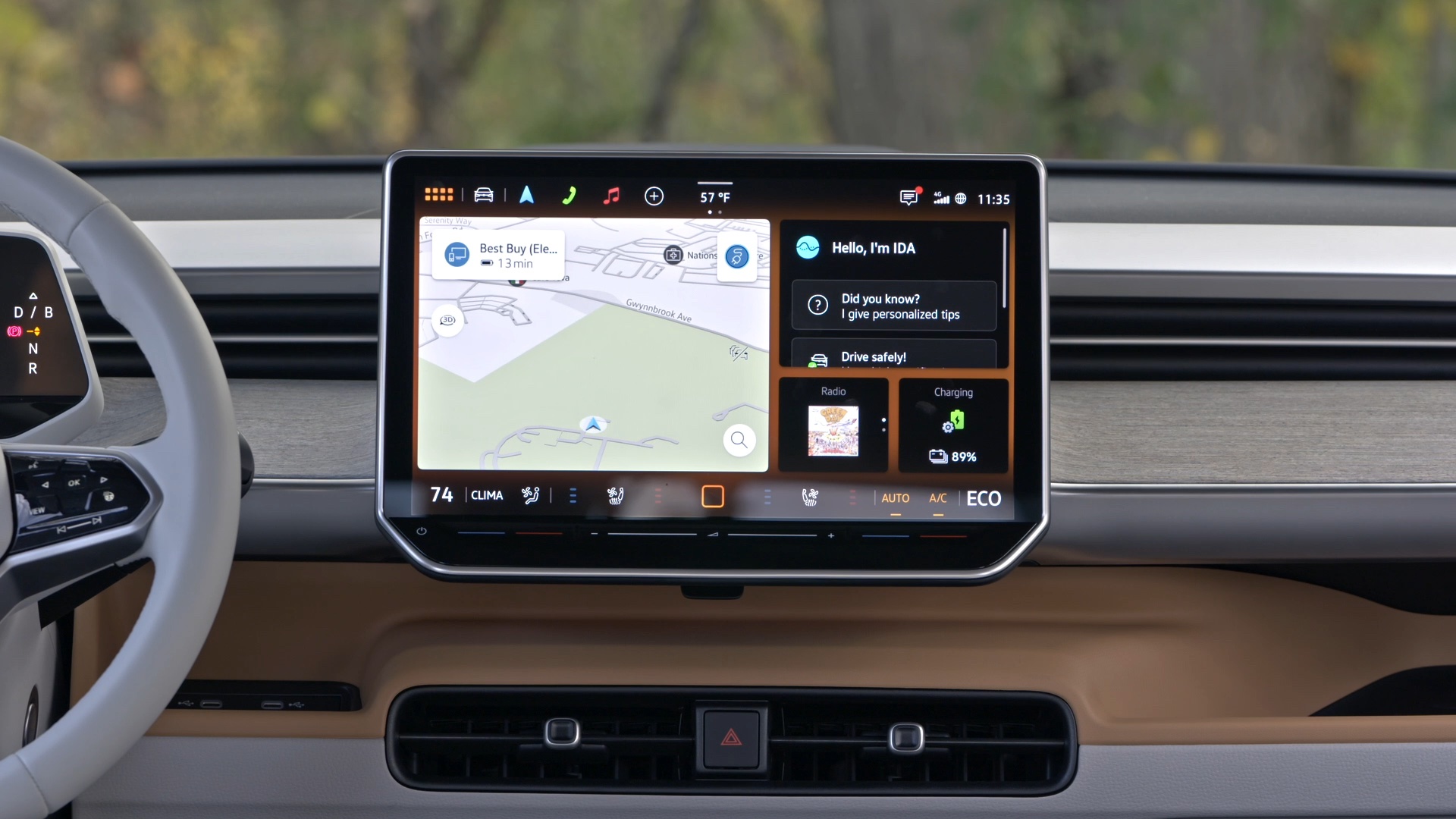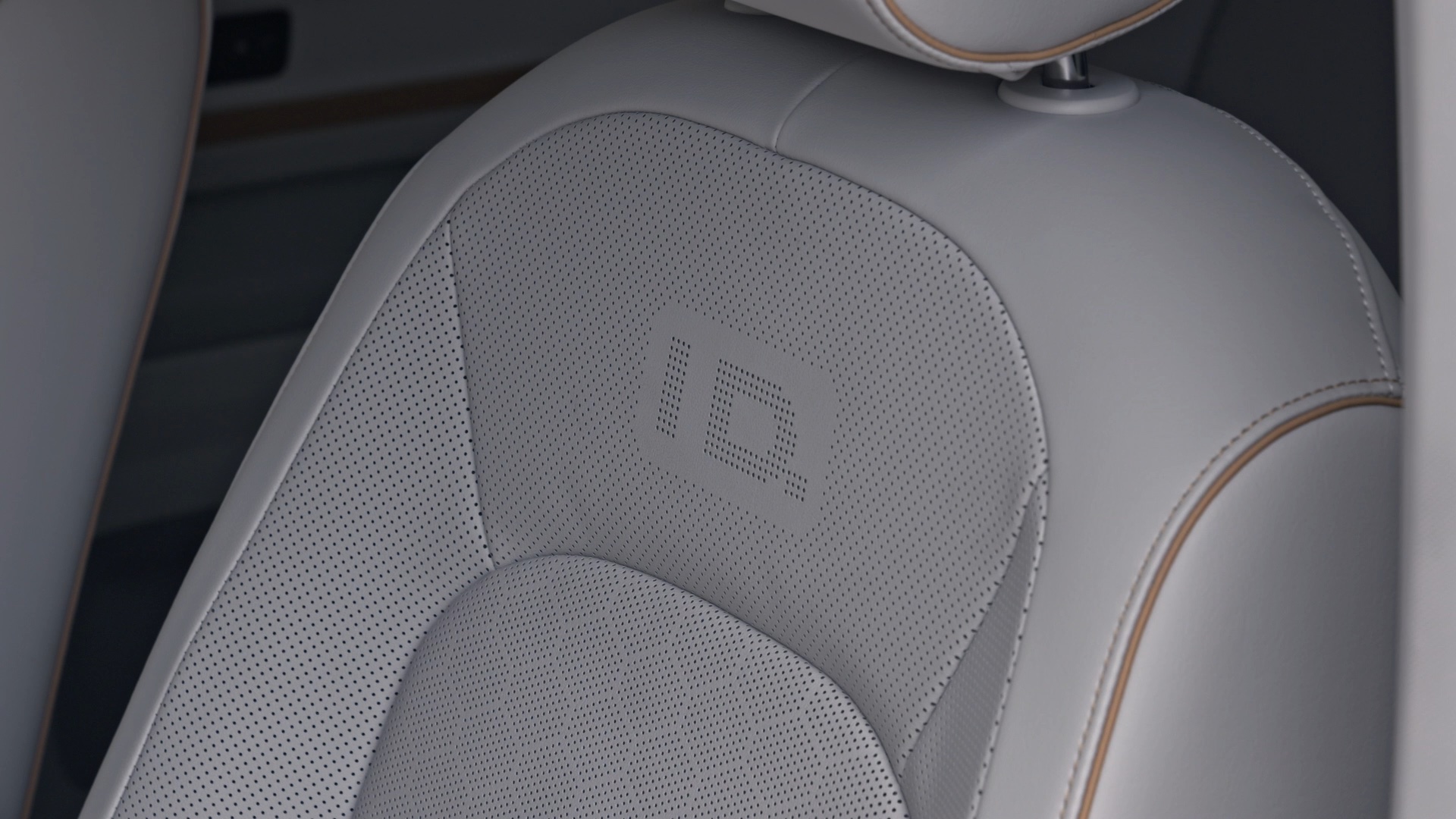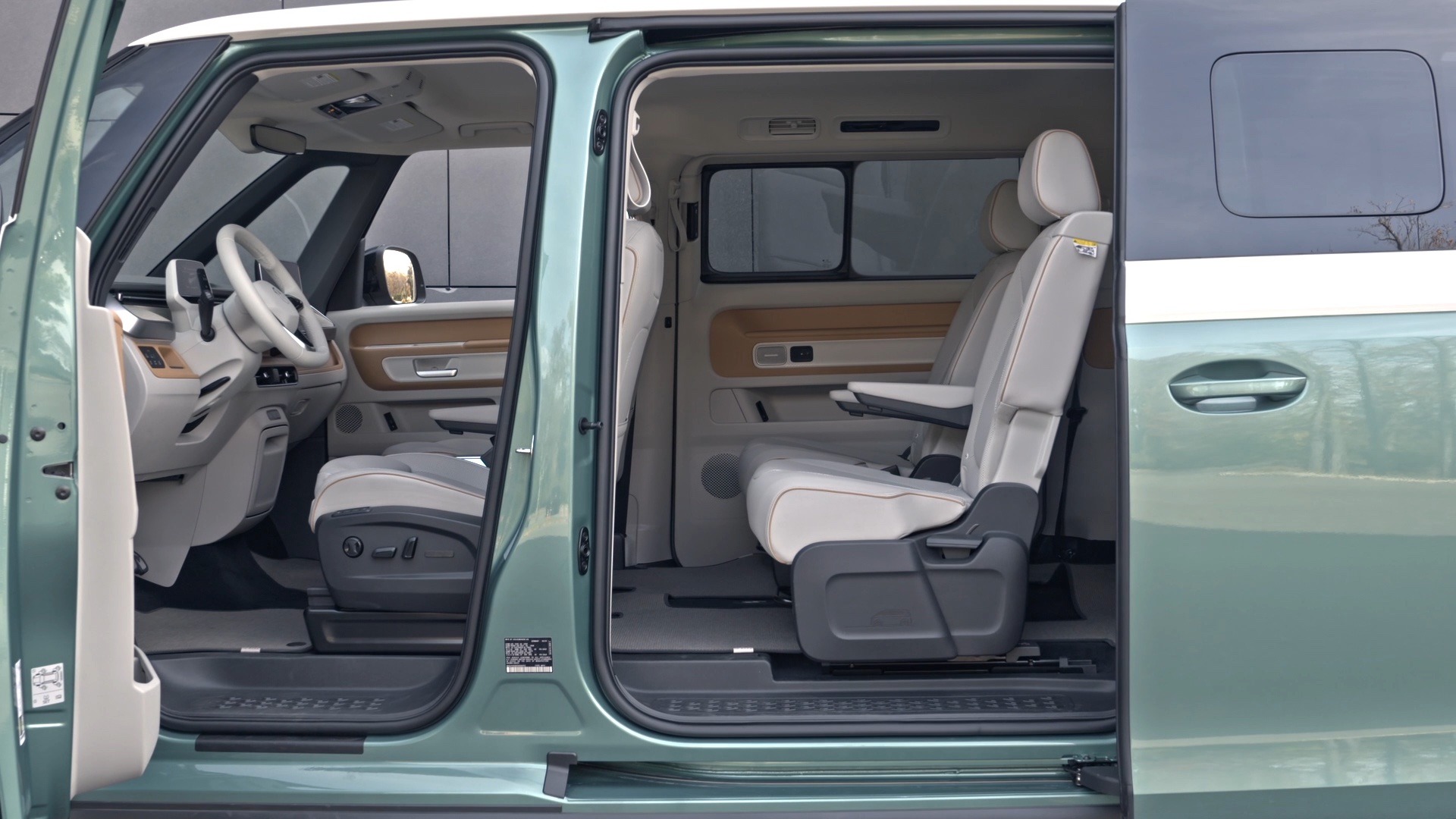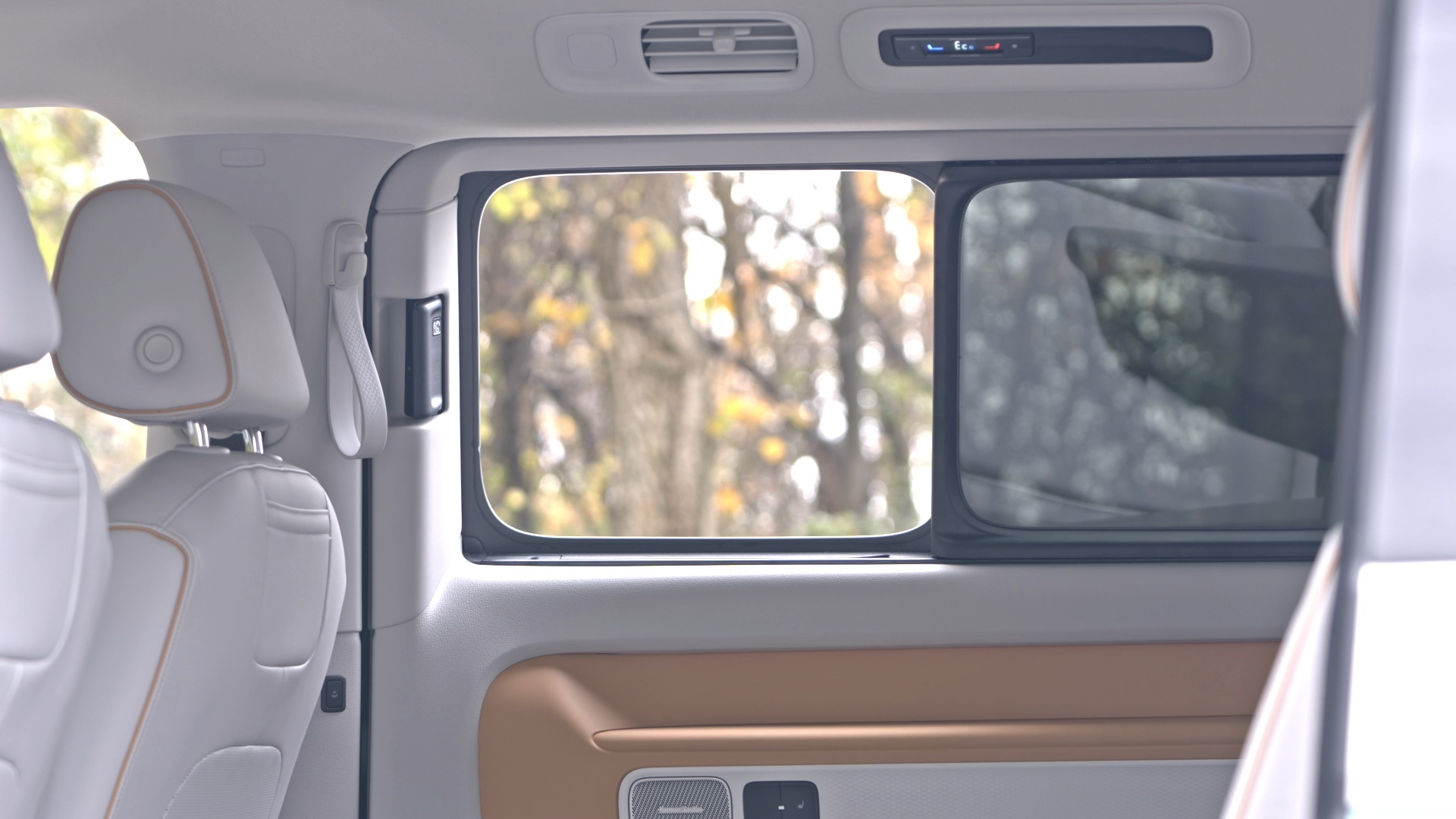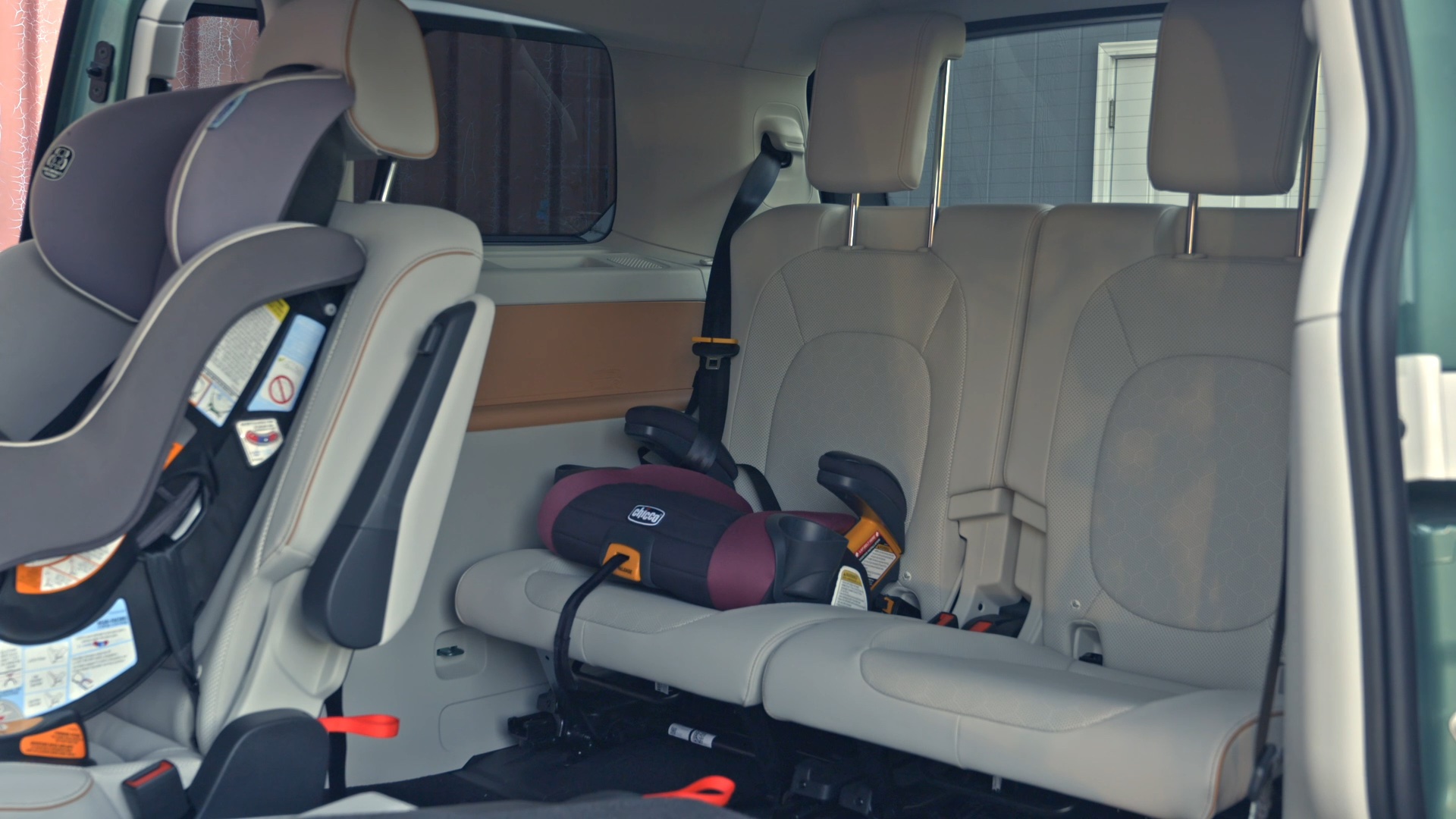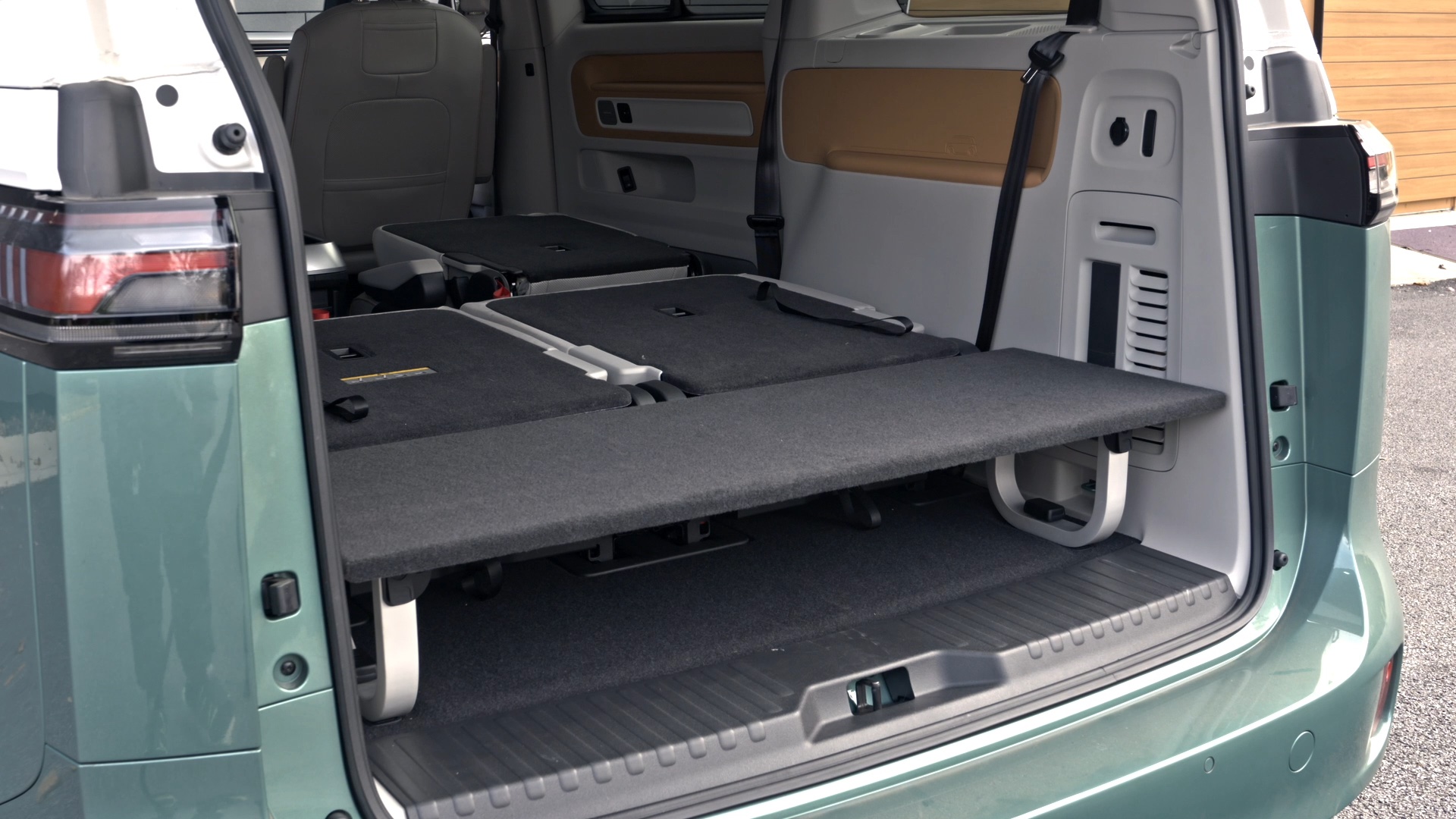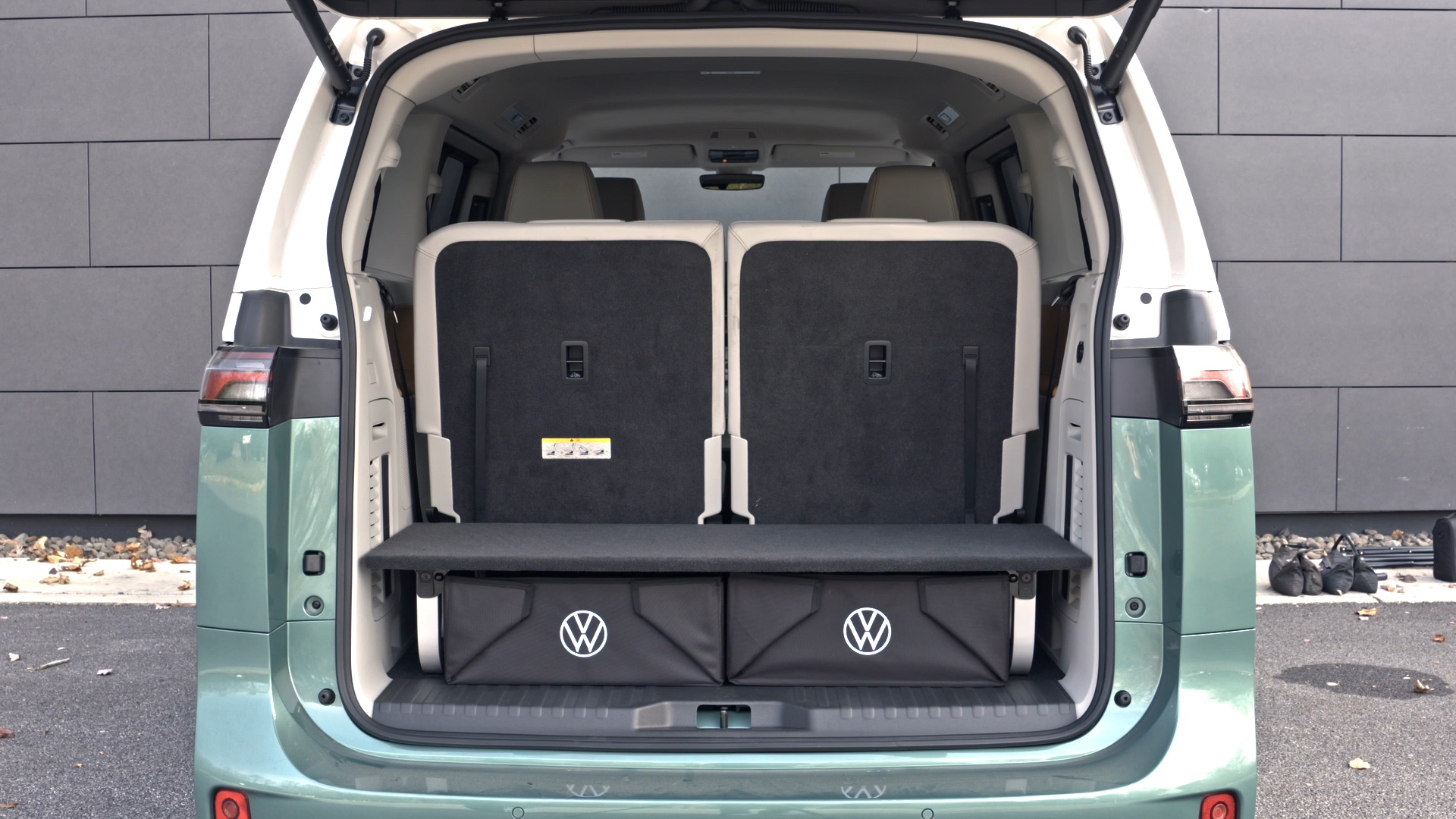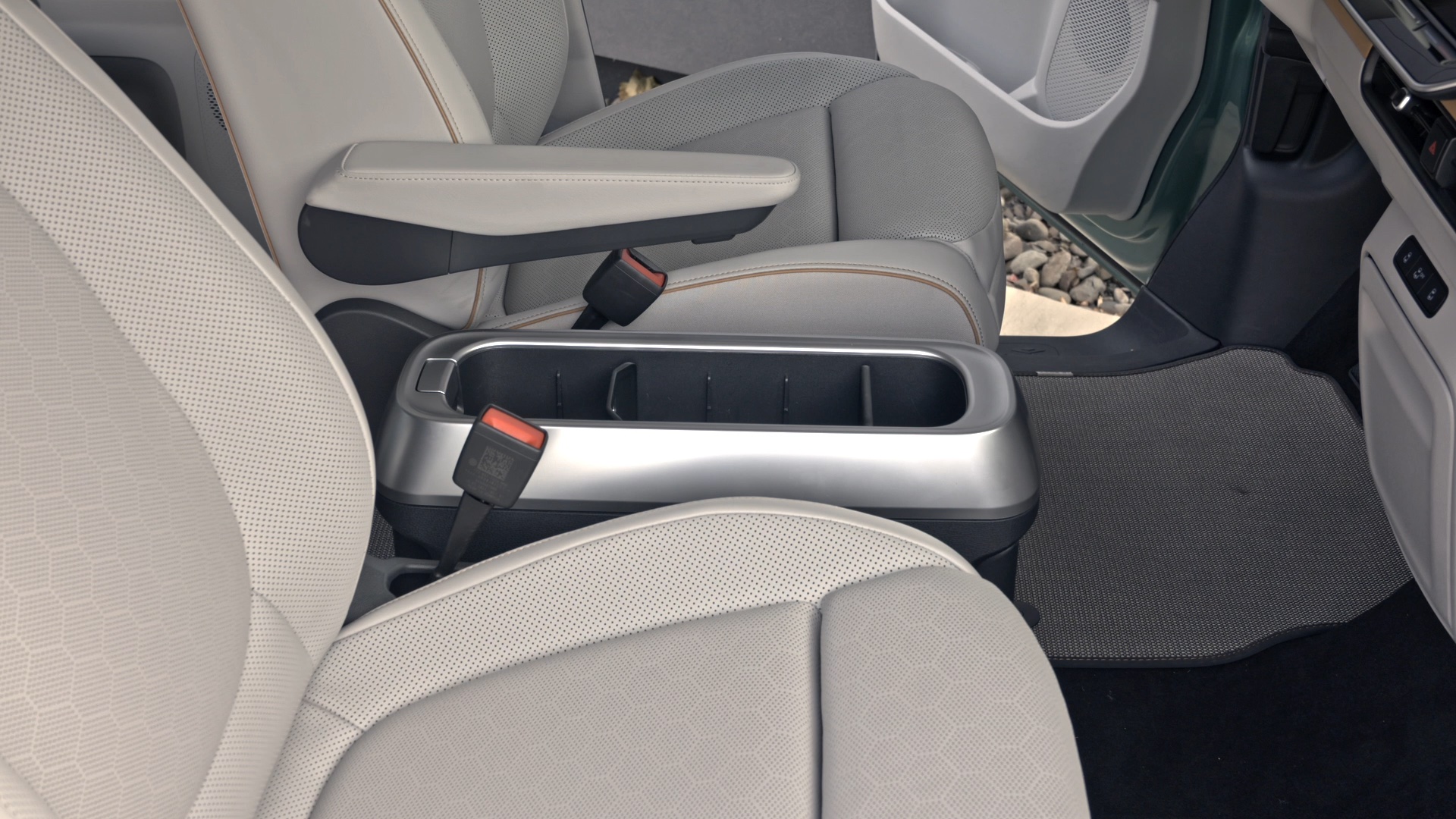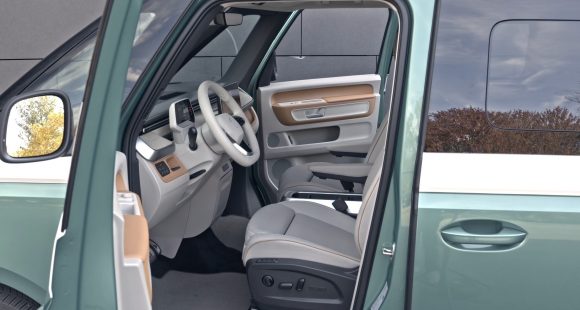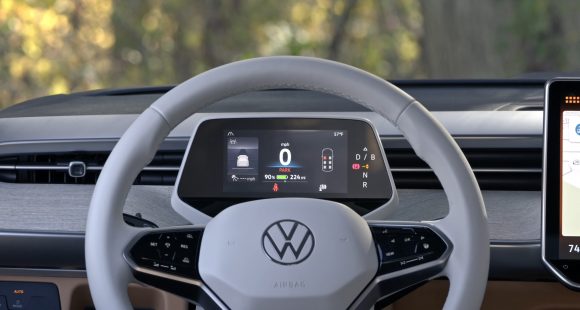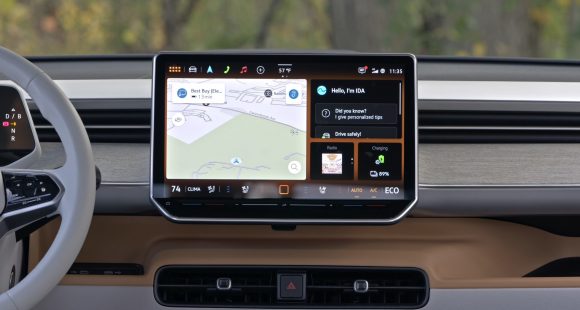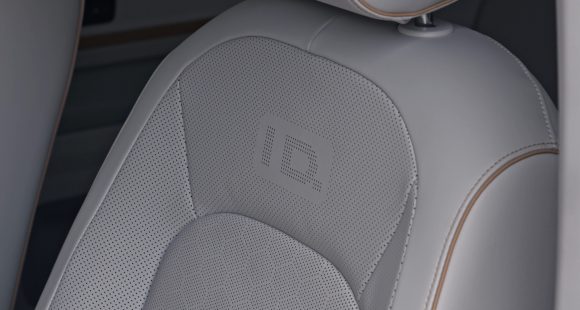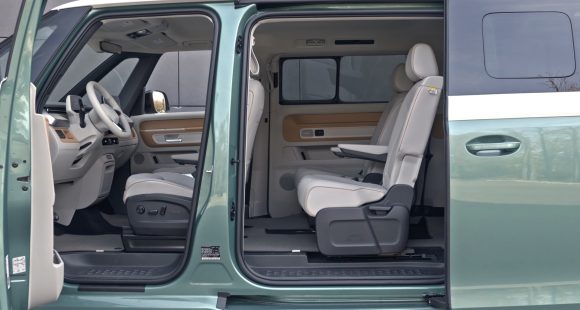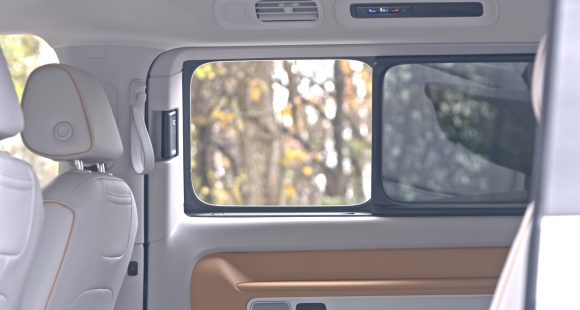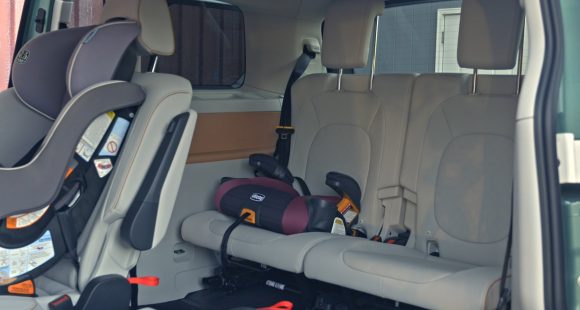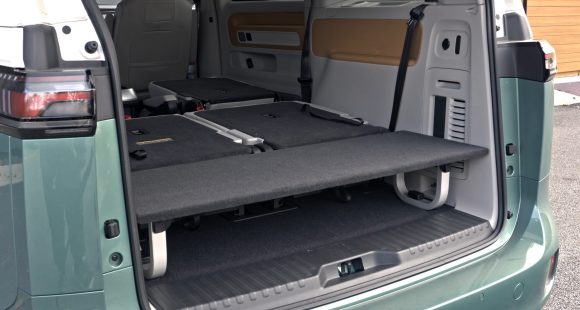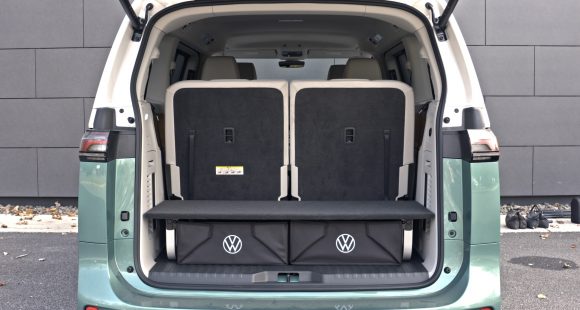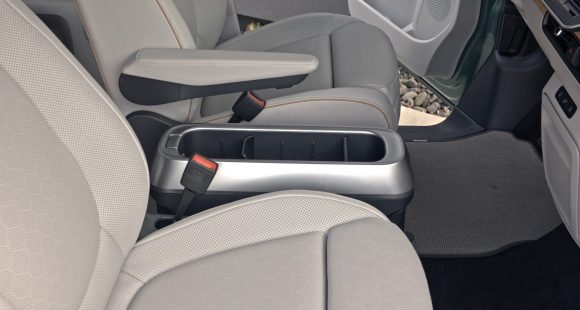2015 Ford Edge
No vehicle helped to make the SUV a required family friend more than Ford’s original full-framed Explorer. Indeed its enduring success allowed Ford to go slow to shifting to car-based utes, other than the compact Escape. But, for 2007 they gave in, and launched the mid-size Ford Edge. While not as rugged as Explorer, it still had solid sales. Now, finally, there’s a second gen Edge, and it’s new from corner to corner.
While auto writers use the phrase “all-new” a lot, the 2015 Ford Edge really is about as all-new as any vehicle can be, with very few parts carried over from the first gen.
Its stronger unit-body structure has a wheelbase that is 1.0-inch longer than previous, though track has been narrowed slightly. As for the suspension, a MacPherson-type strut with isolated sub-frame remains up front, but in back there’s a new integral link setup with coil springs that’s designed to shift ride quality in a sportier direction.
And indeed, we found that to be the case on the roads less traveled around Phoenix, Arizona. Ford’s Curve Control is still available, but thanks to the vastly improved chassis, it seemed less willing to intervene.
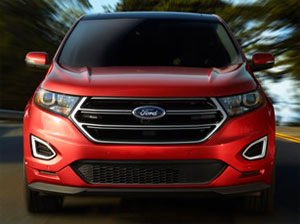 For those that wish to take it further over the edge, a Sport model returns and it’s even more proficient than before, thanks to additional suspension tweaks and standard 20 or optional 21-inch wheels.
For those that wish to take it further over the edge, a Sport model returns and it’s even more proficient than before, thanks to additional suspension tweaks and standard 20 or optional 21-inch wheels.
All models are noticeably quieter inside, with very little-to-no wind or engine noise, unless you have the throttle pinned. Weight is down a tad, but not so much that we noticed it.
A good improvement overall, yet it’s still not as polished as many in this crowded segment.
The Edge does showcase much of Ford’s latest technology, like inflatable rear seatbelts, hands free lift-gate, Lane Keeping, and adaptive cruise control. A back-up camera is standard; with a 180-degree view front camera, with washer, available to aid in pulling out of blind places. Active park assist adds perpendicular help, and will even pull out of the spot for you when you’re ready to go.
The make-or-break aspect of any family vehicle however, is how you’re treated inside. Up front room is slightly more generous from before. And, the nicely supportive seats use thinner padding, so the environs seems even more spacious.
Additional soft touch material are well placed, taking both the look, and feel of the cabin a notch or two higher. There is noticeably more space for rear seaters too, but the Edge remains a 5-passenger crossover, saving 7-passenger duties for the also now unitized Explorer.
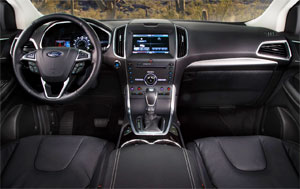 Cargo room grows most of all, up 7.0 cubic-ft. in the rear to 39.2. Maximum space, with the seatbacks folded, is now a healthy 73.4 cubic-ft.
Cargo room grows most of all, up 7.0 cubic-ft. in the rear to 39.2. Maximum space, with the seatbacks folded, is now a healthy 73.4 cubic-ft.
The exterior design is equally important of course, as few people want to be seen in an ugly ride; and here the Edge is clearly… …edgier. The previous gen’s rounded shape has been replaced with a more angular one; and while size has grown, the less bloated look makes it appear tidier.
For sun worshipers, the Edge has one of the longest sunroofs out there, with Ford’s Vista Roof taking up almost 4-feet of real estate.
Under hood property is occupied by 1 of 3 engines. Base is a 2.0-liter EcoBoost I4, and it’s technically a new engine, as it features a twin-scroll design that both improves efficiency and increases power. Horsepower is now 245; torque is also up by 5 to 275 lb-ft.
The naturally aspirated 3.5-liter V6 carries over, but its reprogramming results in slightly less horsepower at 280 and 250 lb-ft.
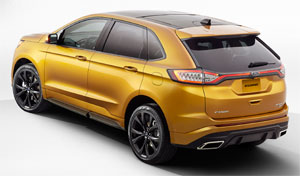 The new option, is the F-150’s 2.7-liter V6 EcoBoost, here putting out 315-horsepower and 350 lb-ft. of torque, which comes standard in the Edge Sport.
The new option, is the F-150’s 2.7-liter V6 EcoBoost, here putting out 315-horsepower and 350 lb-ft. of torque, which comes standard in the Edge Sport.
Fully automatic all-wheel-drive is available with any engine, and towing capacity remains at 3,500-lbs.
Now, we spent most of our early drive time with the 2-point-0, and came away pleased; with its nice, sharp throttle response helping it feel plenty stout. But we did find the standard 6-speed automatic transmission easily confused and quite busy. Sport mode didn’t seem to offer any relief.
Base pricing stays exactly the same at $28,995. But Sport trim ups the high end a bit, starting at $38,995. All-wheel-drive tacks on 2-grand more.
Ford has obviously learned a lot about building crossovers, as the Escape and Explorer consistently rank among the top-10 in SUV sales. And, even the first Edge spent some time on the list. Well, now it just looks like Ford is getting greedy, as the really “all-new” 2015 Ford Edge will likely make a return to the top-10, and score a perfect 3-for-3 for the blue oval.
Specifications
- Torque: 275 lb-ft. / 250 lb-ft. / 350 lb-ft.
- Horsepower: 245 / 280 / 315
- Engine: 2.0 liter / 3.5 liter / 2.7 liter
2025 Volkswagen ID. Buzz
Volkswagen Brings Beetlemania Level Of Excitement To Minivan Segment
The duty of upholding Volkswagen’s heritage has most recently been delegated to small legacy car names like Golf and Jetta. But hold on! A much larger, totally modern take on VW’s classic microbus has just buzzed over the horizon— the all-electric ID. Buzz. It’s been at the top of our minds since we first saw the concept back in 2017. Well, it’s finally here, so let’s get our groove into drive!
This 2025 Volkswagen ID. Buzz has indeed created the most buzz around Volkswagen since the Beetle’s return to the U.S. in the late 1990s. We couldn’t drive it anywhere without drawing a crowd. No wonder, just about everyone has a VW Microbus story to tell, and seeing this reimagined version rolling down the street brings back all those memories.
VW really pulled it off as far as we’re concerned, as it looks great without appearing over the top. All the cues are here: Big VW logo front and center, lots of greenhouse including A-pillar windows and mini sliders for the second-row passengers, D-pillar air vents, and two-tone wheels. And while its appearance may be pure retro, its drivetrain is far from it, as the ID. Buzz is all-electric, and unlike the new Beetle, the Buzz does retain the original Microbus’ rear-drive architecture.
Powering those rear wheels is a 210-kW motor drawing juice from a 91-kWh battery for a range of 234 miles; 200-kW max charging will get you to 80% in about 26 minutes. Buyers can add another small 80-kW motor up front for 4motion all-wheel-drive and an increase of total output from 282 to 335 horsepower with a combined 512 lb-ft of torque. It uses the same battery, but range estimates drop just slightly to 231 miles. But while those numbers are modest, we also found them to be quite conservative, as we observed as many as 287 miles available in our all-wheel-drive tester’s gauge display and were on pace for 273 miles in our driving loop.
One throwback theme that may be a turnoff to some is that it’s quite a step up into the Buzz’s front seats, but there’s certainly a commanding view of the road once you climb in. Second row seating can be either a three-place bench or a pair of captain’s chairs, so there’s generous room for seven or six passengers. The captain’s chairs in our Pro S Plus offer good support and very easy access to the third row.
Lots of flexibility too with the option to simply fold the seats or remove them altogether.
With the sliding side doors and a wide opening rear hatch, there’s plenty of access for loading big sport utility amounts of cargo. Lots of flexibility too with the option to simply fold the seats or remove them altogether, and the ability to create a full-length flat floor with a rear cargo shelf that covers some handy removable storage bins. There’s 18.6 cubic-feet of space behind the third row, 75.5 behind the second, and a max of 145.5. That’s more than a Chevrolet Tahoe. For smaller items, there are lots of cubbies throughout the cabin, along with a standard Buzz Box that can be moved to multiple locations.
With a design that prioritizes retro form and modern function over aero efficiency, the 4motion equipped ID. Buzz earns a Fair efficiency rating, using 42-kWh of electricity per 100 miles, and we weren’t sure what to expect at our Mason Dixon test track.
What we found was great torque off the line and drama free launches to 60 in just 5.3 seconds. It was very stable at speed and power delivery stayed steady most of the way down the track until we reached about 90 mph, when it began to taper off just before we finished the quarter-mile in 14.0 seconds flat at 97 mph.
With 1,200-lbs. of battery weight nestled in its 127.5-inch wheelbase, the Buzz felt planted to the pavement through our handling course. There was quite a bit of body roll to deal with, but surprisingly little understeer. In panic braking runs, pedal response was inconsistent, feeling soft at times, pushing back hard at others; but through it all, results were quite good, stopping from 60 in an average of just 108 feet.
Three interior themes are available, this Dune is the brightest, featuring coastal inspired wood optic dash décor, “gray and clay” leatherette surfaces, and a high-mounted central 12.9-inch touchscreen. Pricing starts with a rear-wheel-drive Pro S at $61,545; this Pro S Plus begins at $65,045, add another $4,500 for 4motion, which brings a few extra features along with all-wheel drive.
Retro design with old-school VW charm, modern EV drivetrain, big SUV capacity merged with minivan flexibility; it all comes together in this 2025 Volkswagen ID. Buzz. It’s easily one of the coolest rides of the year and one that will likely keep Volkswagen dealers buzzing for years to come, and that’s something no other people and things mover can say.
Specifications
As Tested
- Motor Setup: Dual-Motor AWD
- Battery Size: 91-kWh
- Horsepower: 335
- Torque: 512 lb-ft
- EPA Range: 231 miles
- 0-60 mph: 5.3 seconds
- 1/4 Mile: 14.0 seconds at 97 mph
- Braking, 60-0: 108 feet
- MW Test Loop: ~ 273 miles







